50 Amazing Tornado Facts

Terrible Tornadoes

These swirling vortices are one of the most destructive forces Mother Nature dishes out. Many aspects of tornado formation are still not well-understood, but there are some basic facts that meteorologists have established from decades of observation. Here, learn more about tornadoes, how we define them and which have been the biggest, deadliest and costliest twisters in recorded history.
Violent storms
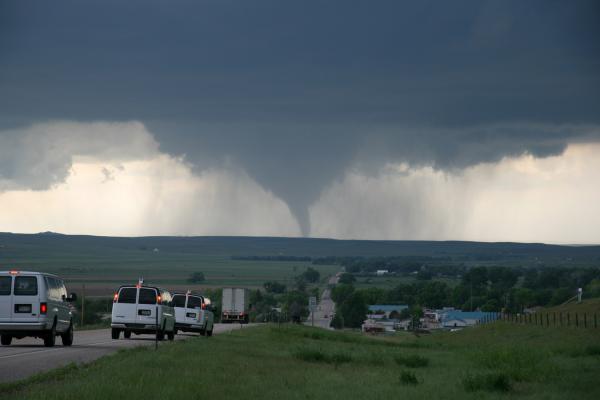
Tornadoes are the most violent of the storms the atmosphere produces, according to the National Severe Storms Laboratory (NSSL) in Norman, Okla.
Tornado defined
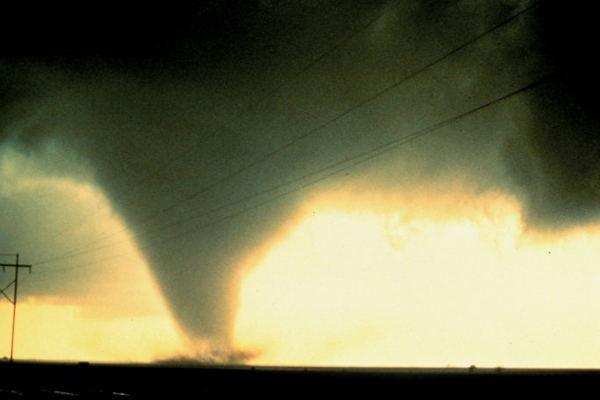
A tornado is defined by the NSSL as "a narrow, violently rotating column of air that extends from the base of a thunderstorm to the ground."
A big target
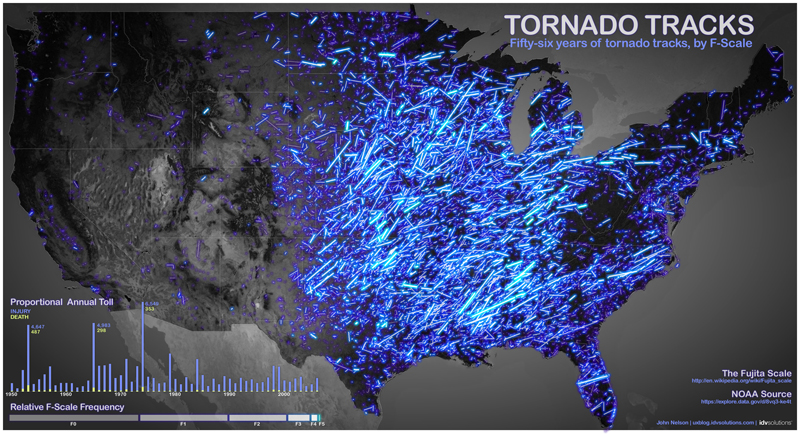
About 1,200 tornadoes hit the United States each year, according to the NSSL.
No place exempt
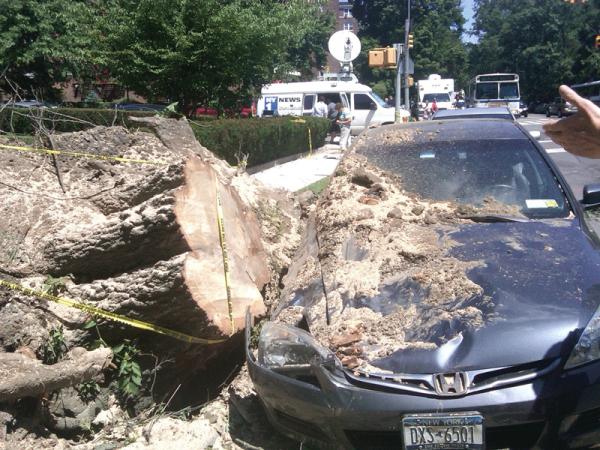
Tornadoes have been observed in all 50 U.S. states.
Open season
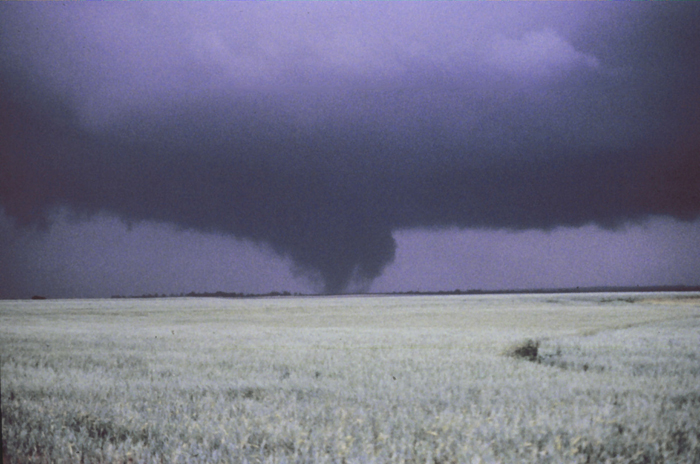
Unlike for hurricanes, there is no defined tornado season and no official tornado season forecast.
Prime time
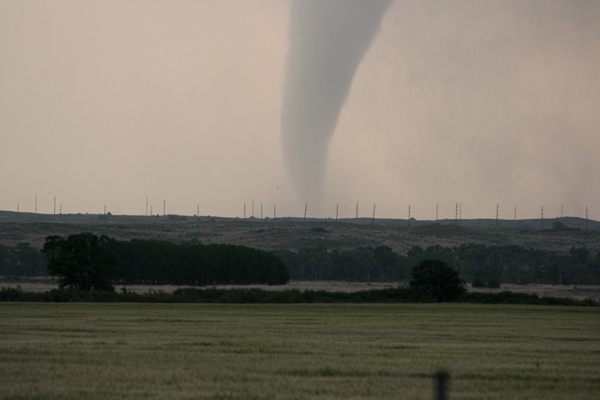
The main time for tornado activity is during the spring, generally picking up in March and then hitting a peak between May and June.
Get the world’s most fascinating discoveries delivered straight to your inbox.
Early arrival
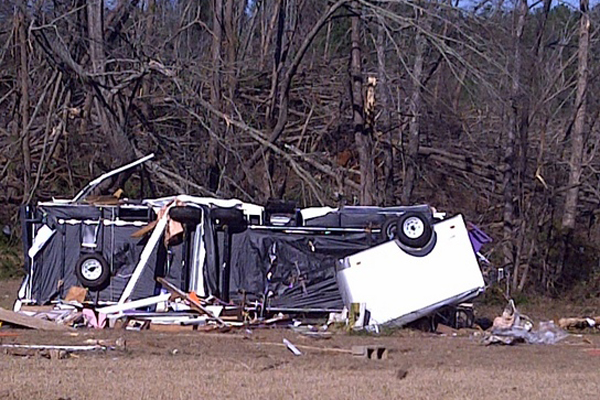
The earliest tornado in the year in the modern record occurred at 12:02 a.m. CST on Jan. 1, 2011, in Attala County, Miss.
Late comer

The latest that the first tornado of the year has ever been recorded was on Feb. 15, 2003, in Marengo County, Ala.
Time to watch out
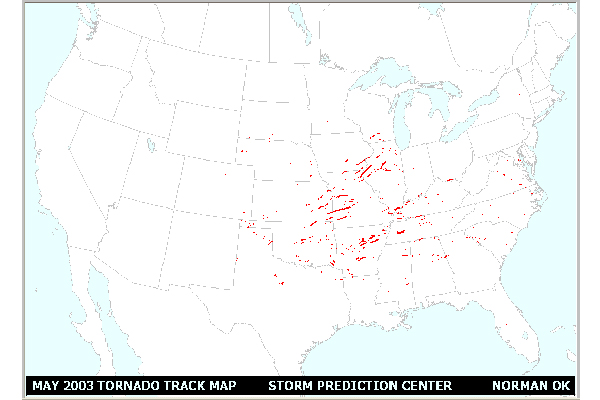
May is historically the most active month for tornadoes. The record holder for any May is May 2003, with 543 confirmed tornadoes.
Active April
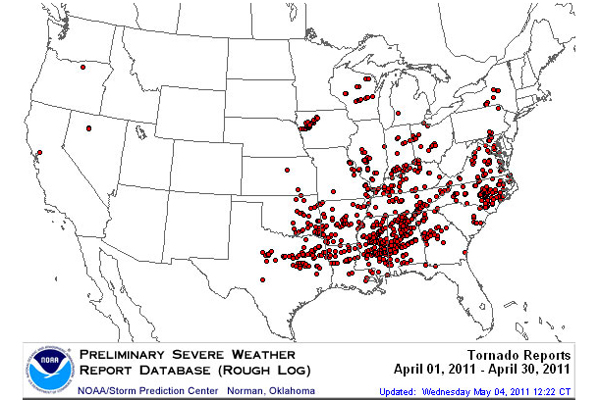
The most active tornado month on record is April 2011, which had 758 tornadoes, according to National Oceanic and Atmospheric Administration records.

Andrea Thompson is an associate editor at Scientific American, where she covers sustainability, energy and the environment. Prior to that, she was a senior writer covering climate science at Climate Central and a reporter and editor at Live Science, where she primarily covered Earth science and the environment. She holds a graduate degree in science health and environmental reporting from New York University, as well as a bachelor of science and and masters of science in atmospheric chemistry from the Georgia Institute of Technology.


